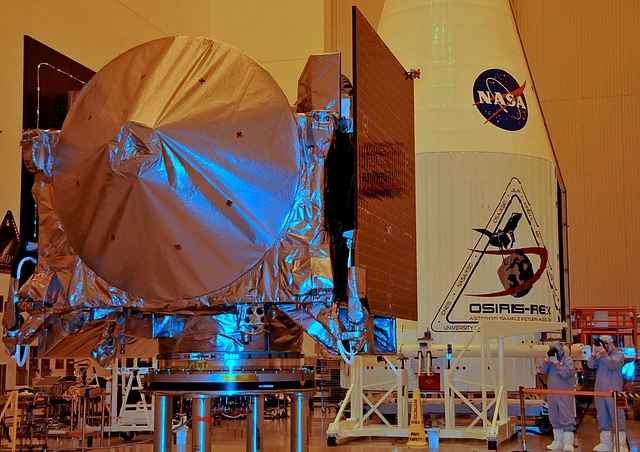
New Approach To Space Exploration: NASA’s Six Small Satellites Set To Take A Fresh Look At Earth
NASA is set to launch a suite of six small satellite missions later this month that will test new methods to measure hurricanes, Earth's energy budget, aerosols and weather. These small satellites will range in size from a loaf of bread to a small washing machine and weigh from a few kilos to 181.4 kg.
The small size of the satellites keeps development and launch costs down as they often hitch a ride to space as a "secondary payload" on another mission's rocket – providing an economical avenue for testing new technologies.
"NASA is increasingly using small satellites to tackle important science problems across our mission portfolio," said Thomas Zurbuchen, associate administrator of NASA's Science Mission Directorate in Washington.
Scheduled for launch this month, RAVAN, the Radiometer Assessment using Vertically Aligned Nanotubes, is a CubeSat that will demonstrate new technology for detecting slight changes in Earth's energy budget – an essential measurement for understanding the effects of greenhouse gases on climate.
In 2017, two CubeSats will be sent to the International Space Station for a detailed look at clouds. Data from the satellites will help improve scientists' ability to study and understand clouds and their role in climate and weather. MiRaTA – the Microwave Radiometer Technology Acceleration mission – will be launched into space with the National Oceanic and Atmospheric Administration's Joint Polar Satellite System-1. MiRaTA's miniature sensors will collect data on temperature, water vapour and cloud ice that can be used in weather forecasting and storm tracking.
NASA's early investment in these new Earth-observing technologies has matured to produce two robust science missions.
CYGNSS – the Cyclone, Global Navigation Satellite System will be NASA's first small satellite constellation. Set to be launched in December this year, the mission will collect data to improve hurricane intensity forecasts. TROPICS – the Time-Resolved Observations of Precipitation structure and storm Intensity with a Constellation of Smallsats – will use radiometer instruments to make frequent measurements of temperature and water vapour profiles throughout the life cycle.